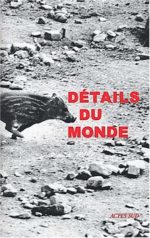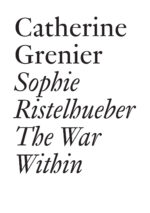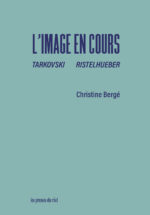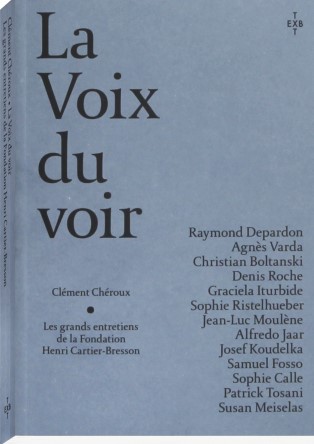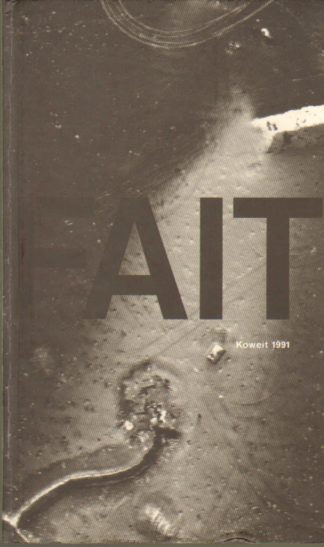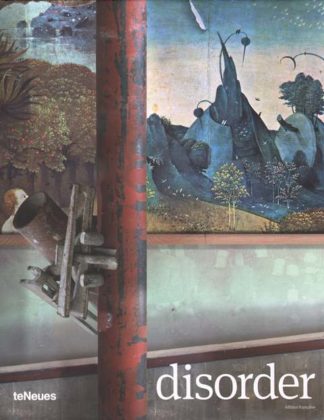Livre Épuisé.
Exemplaire Neuf.
Luxueuse monographie rétrospective, conçue en étroite collaboration avec l’artiste, avec trois essais, une chronologie illustrée et commentée, les œuvres majeures depuis le début des années 1980 (ainsi que de nombreux documents et les vues d’expositions) et une bio-bibliographie, sur près de 500 pages.
L’ouvrage, le premier consacré au travail de Ristelhueber, est articulé autour de trois points de vue très spécifiques : un parti-pris scientifique et très documenté de David Mellor ; un point de vue personnel de Bruno Latour ; un texte de Thomas Schlesser sur la réception de l’œuvre de Sophie Ristelhueber par la presse spécialisée et généraliste, et en particulier autour de la notion de photojournalisme et d’art.
La première partie du livre (« Ensembles ») donne à voir une sélection d’une vingtaine de travaux rassemblés sur un mode visuel et non chronologique. La seconde partie (« Chronologies ») rassemble toutes les œuvres de l’artiste de 1980 à 2008, envisagées selon un mode documentaire, assemblant citations de différents auteurs et de Sophie Ristelhueber elle-même, avec de nombreuses photographies d’expositions ; textes de Bruno Latour, David Mellor et Thomas Schlesser, photos en n.b. et en couleurs.
In Sophie Ristelhueber’s large-scale artworks and installations, the photographed landscape appears in fragments: damaged, rent, pockmarked. These traces of history and conflict, which the artist calls `details of the world’, are like scars on a body, and they convey a similar tale of wounds scarcely healed. Ristelhueber has photographed these metaphorical landscapes in war-torn places like Beirut, Kuwait, Bosnia and Iraq since 1982, recording the violence inflicted on the surface of the earth by the machinery of war. Rather than focusing on the geopolitical meaning of a particular conflict, Ristelhueber is engaged with the ambiguities of what she calls the `terrain of the real and of collective emotions’. In her magisterial triptych Iraq, rows of burnt, decapitated palm trees stand in a blasted-out landscape; they are like, the artist says, `the remains of a defeated army.’ Although the image clearly resonates with the current war in Iraq and ongoing conflicts in the Middle East, Ristelhueber’s approach implies that the current situation is part of an unceasing historical cycle of destruction and construction. In her photographs, the surface of the land becomes a kind of palimpsest on which the disfiguring marks of decades of conflict continue to be recorded.




